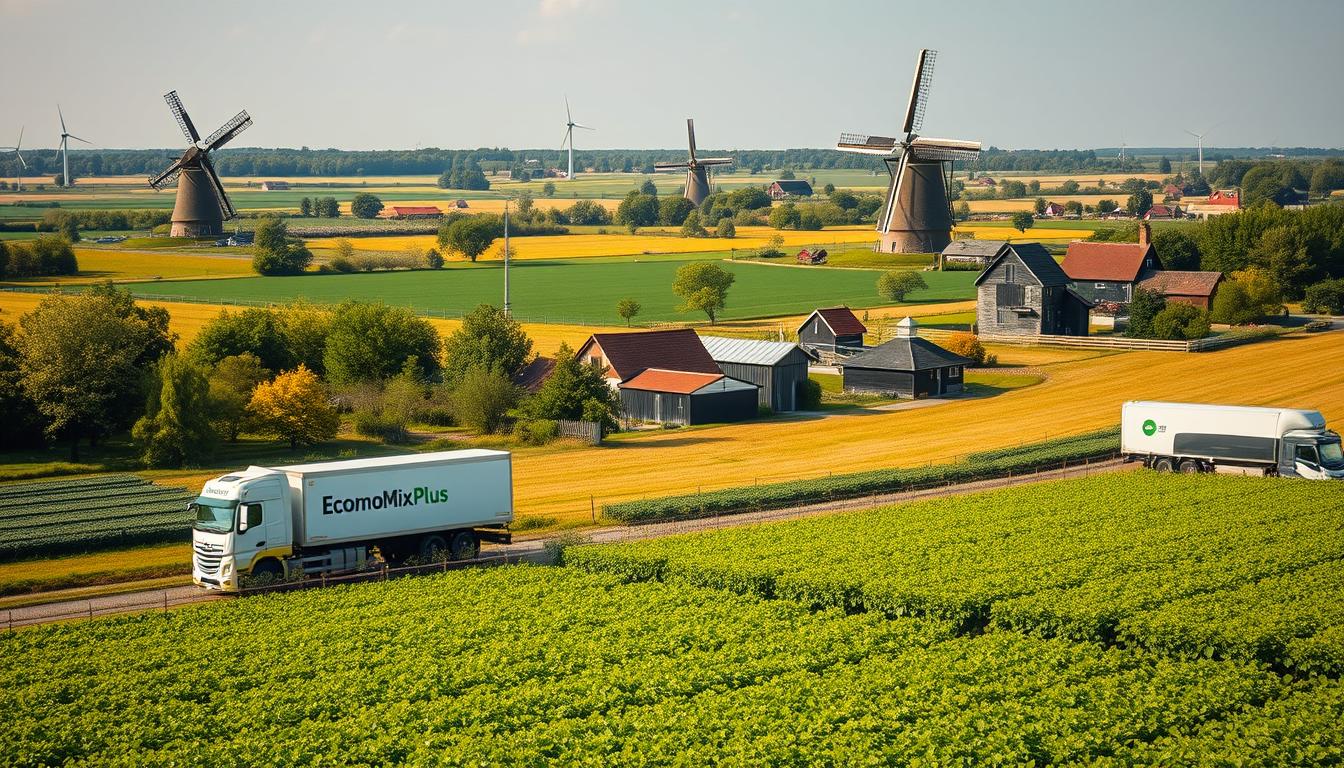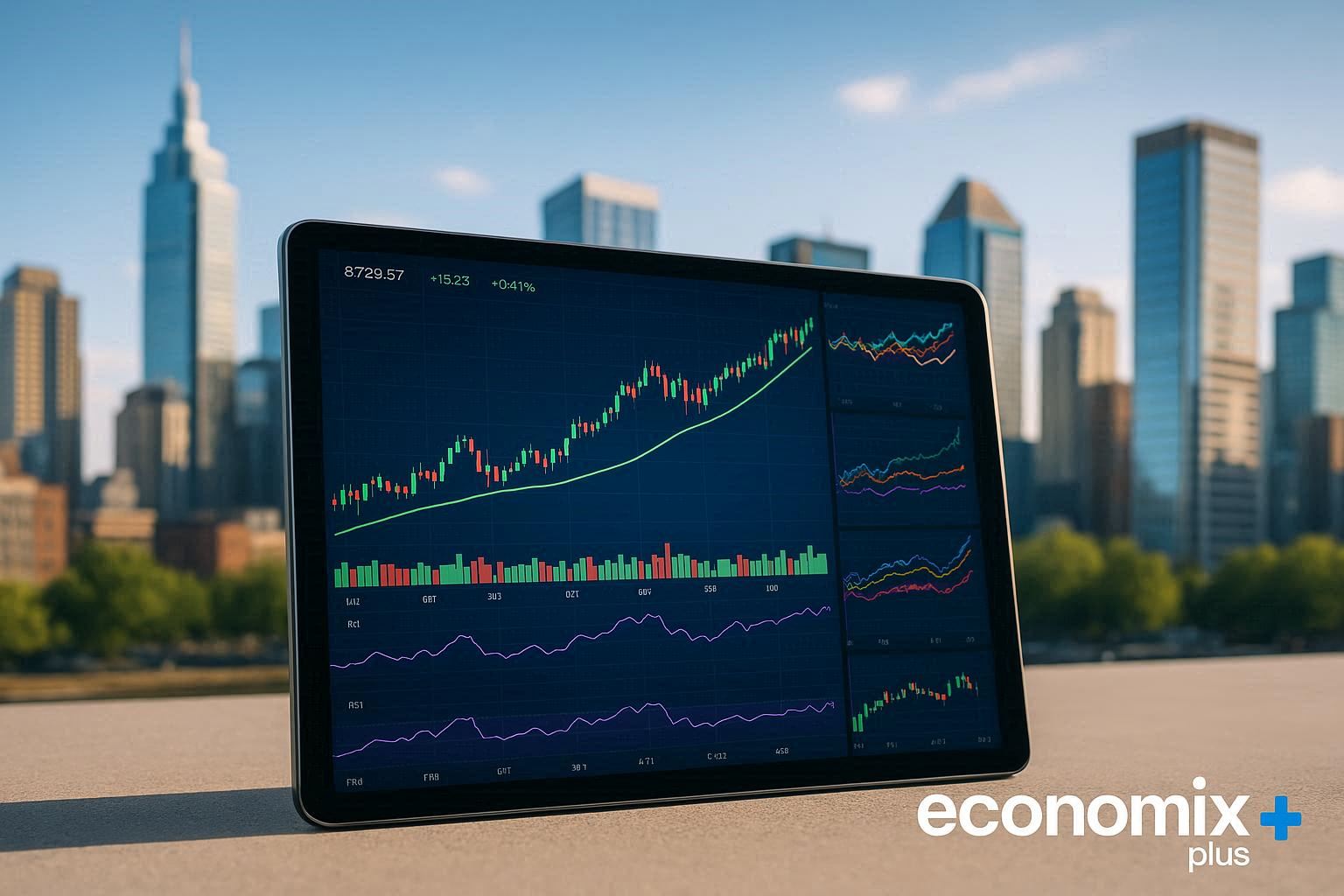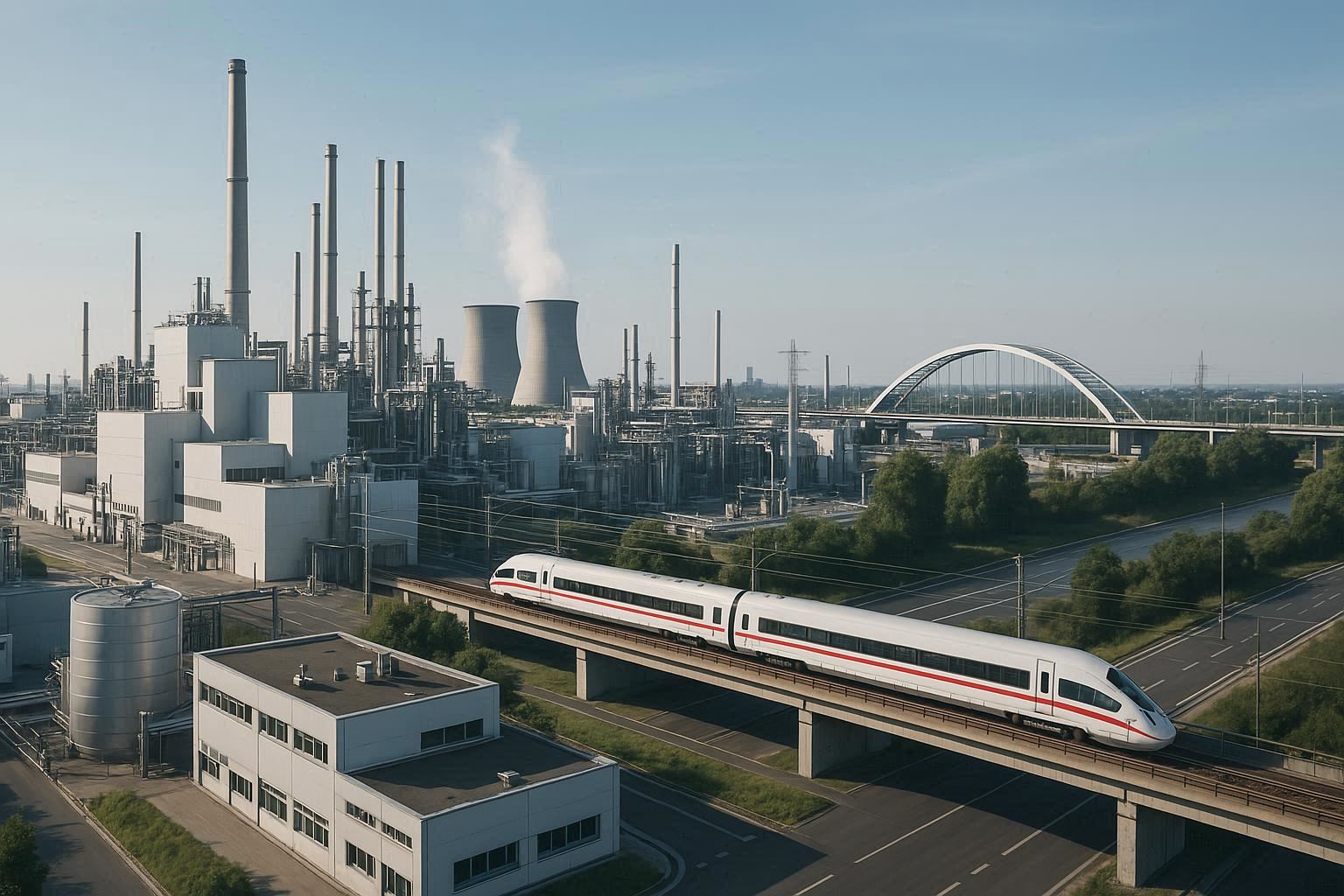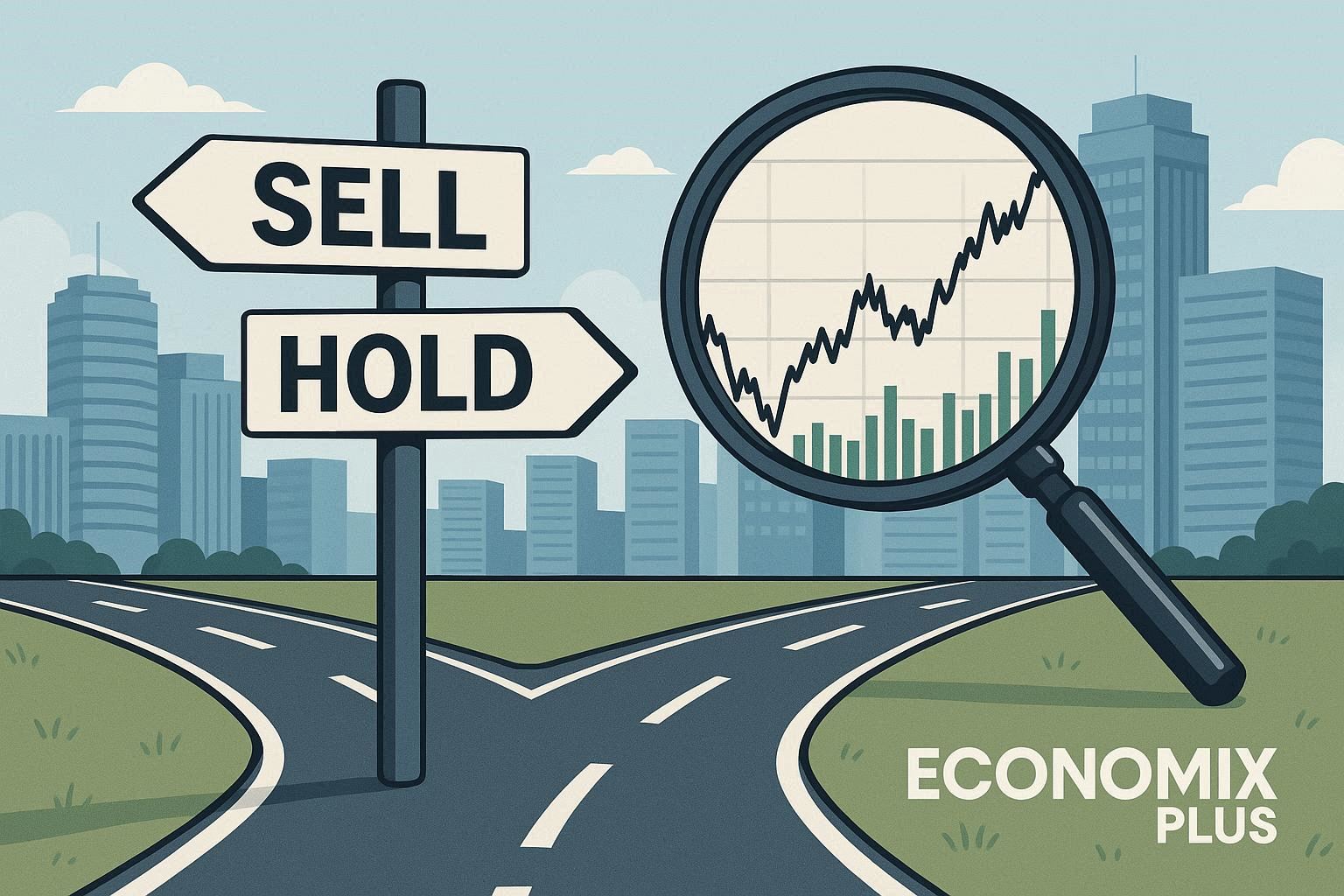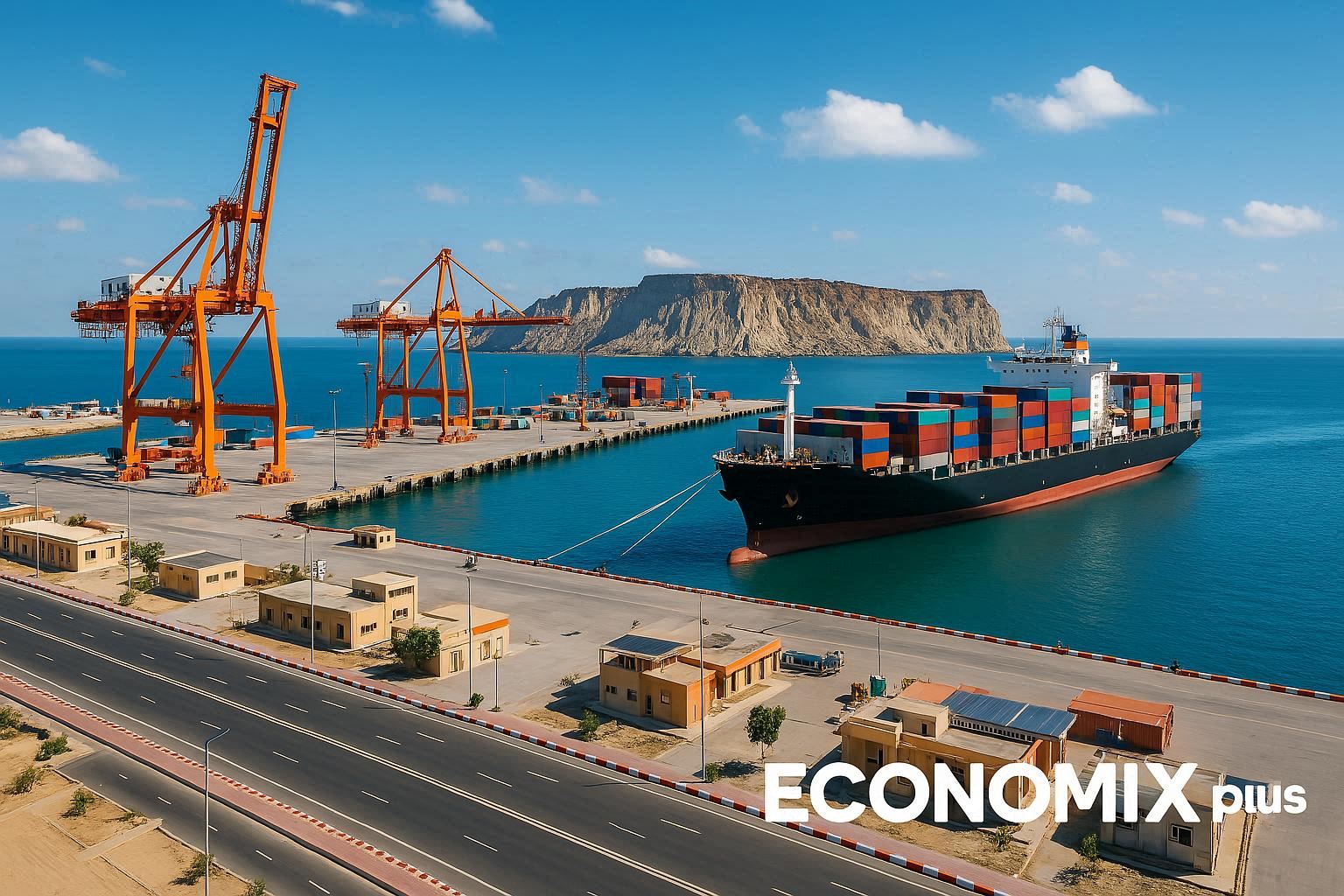Imagine a country smaller than West Virginia feeding millions worldwide. In 2019, this nation exported €94.5 billion in agricultural goods, securing its position as the planet’s second-largest food supplier. How did a land with limited space achieve such colossal impact?
While size might suggest limitations, innovation turned constraints into strengths. Dutch farmers produce twice as much food per acre as the global average. Cutting-edge greenhouses, precision farming, and circular agriculture redefine efficiency. This isn’t luck—it’s a century-long evolution blending tradition with technology.
The story spans strategic trade partnerships, climate-resilient crops, and a culture prioritizing sustainability. From seed science breakthroughs to vertical farming, every detail fuels this powerhouse. This article unpacks the policies, inventions, and mindset behind a small nation’s outsized role in feeding the world.
Key Takeaways
- The Netherlands ranks second globally in agricultural exports, trailing only the U.S.
- Advanced technologies like precision farming boost productivity on limited land.
- Sustainable practices reduce waste and environmental impact.
- Public-private partnerships drive research and infrastructure development.
- Global trade networks amplify the nation’s agricultural reach.
Introduction: Setting the Stage for Dutch Agricultural Success
Agricultural prowess isn’t born overnight—it’s a legacy of persistent adaptation. For over 400 years, Dutch agriculture has evolved through floods, limited space, and shifting climates. This resilient foundation transformed a waterlogged region into a global leader in efficient food production.
Overview of the Netherlands’ Agricultural Legacy
The Dutch agricultural sector thrives on turning constraints into opportunities. Windmill-powered land reclamation in the 17th century laid groundwork for today’s high-tech greenhouses. By prioritizing soil health and crop rotation early, farmers maximized yields long before modern machinery existed.
Today, circular farming systems reuse 96% of irrigation water. The country leads in seed technology, supplying 40% of global vegetable seeds. Such innovations stem from generations refining techniques while embracing scientific breakthroughs.
Significance for the United States Market
American buyers value Dutch food exports for unmatched consistency and eco-friendly methods. The United States imports $3.8 billion annually in Dutch horticulture products, drawn by greenhouse-grown vegetables available year-round.
Sustainability drives demand. Dutch tomatoes require 87% less water than field-grown alternatives. This efficiency aligns with U.S. consumer preferences for ethical sourcing. Strategic port infrastructure and EU trade agreements further cement the agricultural sector’s transatlantic reach.
Historical Evolution of Dutch Agriculture
What began as a battle against the sea evolved into a blueprint for global food systems. Engineers in the 16th century developed polders—reclaimed lands protected by dikes—to convert marshes into productive fields. By 1900, these efforts added 1.5 million acres of arable land, doubling farming capacity.
From Survival to Strategic Advantage
Early farmers perfected crop rotation systems to maintain soil fertility, a practice later adopted worldwide. Windmill-powered drainage systems in the 1600s prevented flooding while irrigating crops. These innovations transformed subsistence plots into surplus-producing farms.
Breakthroughs That Reshaped Farming
The 19th century brought scientific rigor to agriculture. Researchers developed hybrid seeds that thrived in reclaimed soils. Cooperative farming models emerged, allowing shared access to advanced tools and knowledge.
By the 1950s, state-funded research programs focused on yield optimization. Soil analysis labs and precision-leveling techniques became standard. These advances laid groundwork for today’s high-tech greenhouses and vertical farms.
Centuries of adaptation created a culture where farming excellence isn’t optional—it’s heritage. This relentless drive turned geographic limitations into catalysts for innovation, positioning the region as an enduring force in global agriculture.
The Role of Technology and Research in Dutch Farming
Transforming sunlight into sustenance, Dutch growers harness science to defy seasons. Climate-controlled greenhouses now stretch across 24,000 acres, using automated systems to optimize light and humidity. These structures produce tomatoes year-round with 90% less water than open-field methods.
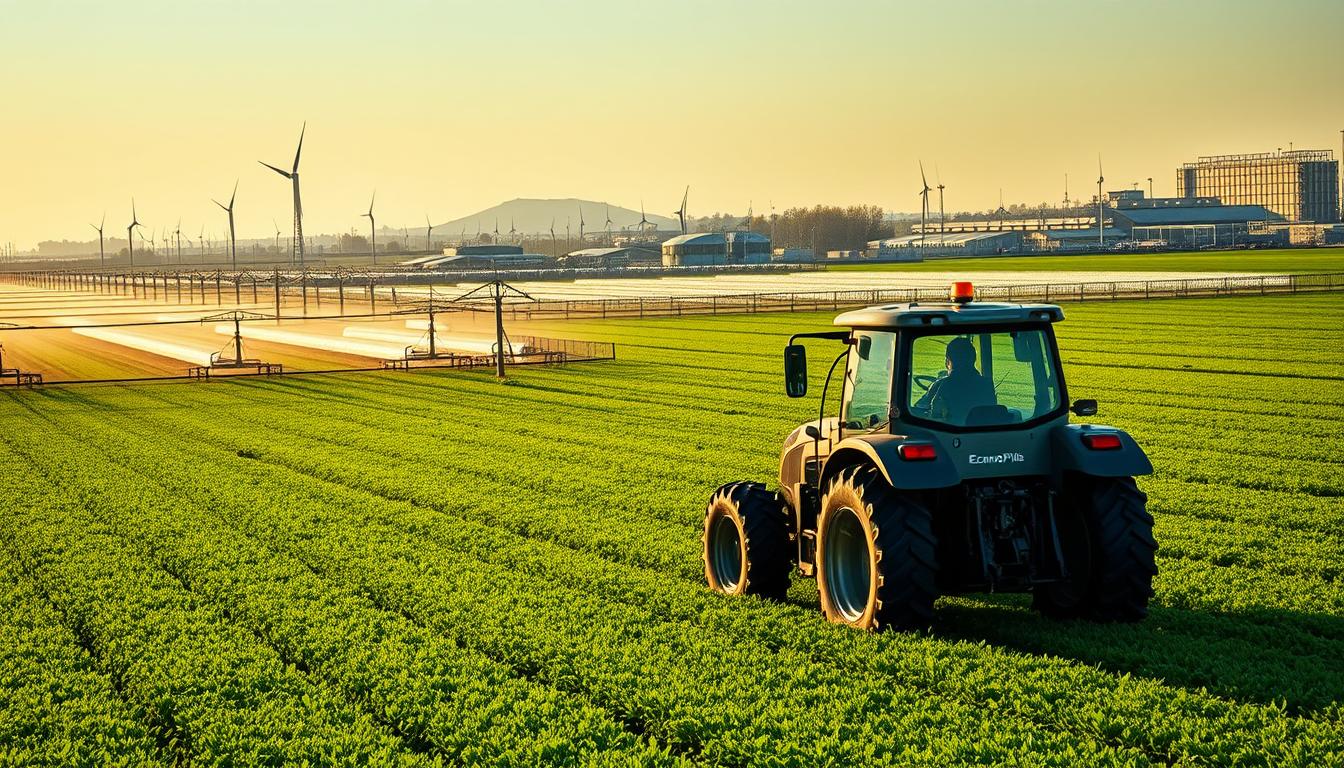
Advancements in Greenhouse Technology and Precision Agriculture
Glass-walled farms integrate thermal screens and CO₂ recycling. Sensors monitor soil moisture in real time, while drones map crop health. This precision slashes pesticide use by 50% compared to conventional farming.
Vertical stacking multiplies output per square foot. LED lighting tailored to plant spectra accelerates growth cycles. One facility yields 15 tons of basil annually—equivalent to 20 football fields of traditional cultivation.
Impact of Wageningen University & Research
Wageningen University & Research drives breakthroughs like disease-resistant seeds and circular nutrient systems. Their “Farming with Precision” initiative reduced nitrogen waste by 40% across 12,000 farms.
National programs bridge lab discoveries to fields. Farmers test robotic harvesters developed through public-private partnerships. This synergy between research and practice keeps the Dutch agricultural sector at the forefront of innovation.
How did the Netherlands become the second-largest agricultural exporter
From $33 billion to $133 billion in agricultural shipments, this nation quadrupled export revenue between 2001 and 2023. This explosive growth didn’t stem from chance—it resulted from calculated shifts in production focus and logistics optimization.
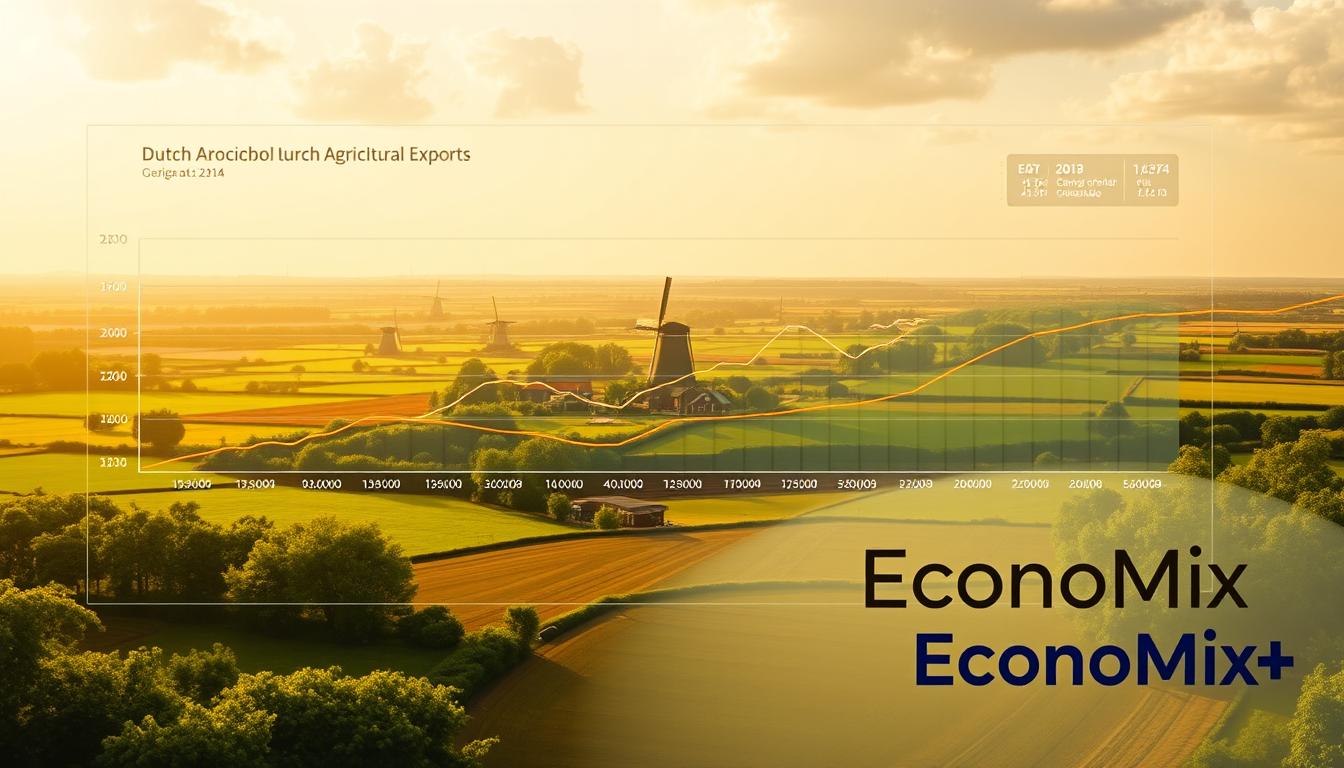
The Export Growth Journey: 2001 to 2023
Three strategic pillars fueled the 300% revenue surge. First, farmers concentrated on high-value crops like greenhouse vegetables and ornamental plants. Flower exports alone grew from $3.1 billion to $12.8 billion during this period.
Second, automated sorting systems reduced shipping delays by 18%. Third, cooperative models allowed small farms to pool resources for international distribution. These changes helped exports reach 175 countries by 2023.
Strategic Shifts in Production and Export
Producers shifted from bulk commodities to premium goods. Greenhouse tomato production jumped 67% since 2010, while potato acreage decreased 14%. This pivot capitalized on Europe’s demand for year-round fresh produce.
Market diversification proved critical. While Germany and Belgium remained top buyers, exports to the U.S. grew 22% annually after 2015. Advanced cold-chain networks enabled shipments of delicate berries and cheeses to distant markets.
Quality control systems became non-negotiable. Wageningen University’s blockchain traceability project reduced food safety incidents by 31% between 2018-2022. Such innovations built trust with buyers like Japan and Saudi Arabia.
Innovative Farming Practices and Sustainability
Resource efficiency drives modern food systems. Dutch growers achieve twice the output using half the inputs of conventional methods. Closed-loop systems now recycle 97% of greenhouse water, while solar-powered climate controls slash energy use by 40%.
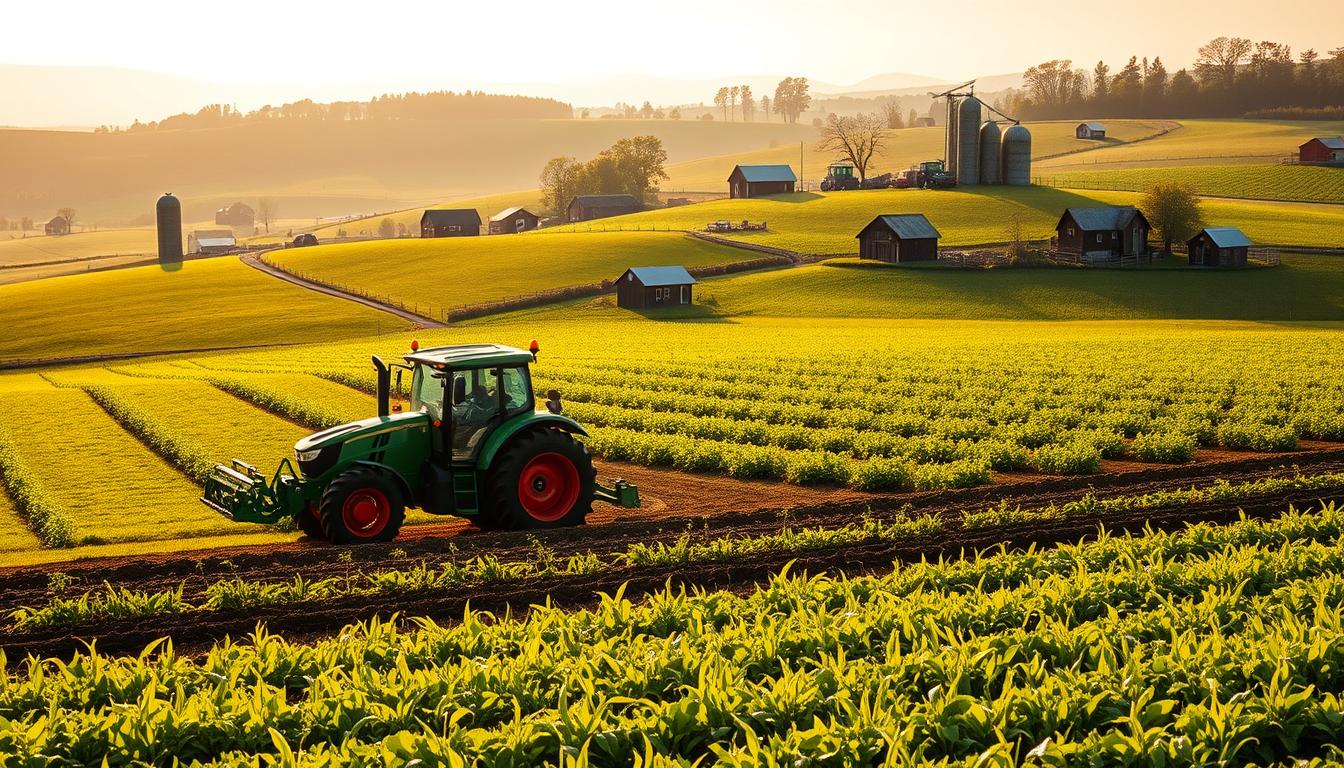
Reducing Resource Use and Emissions
Advanced drip irrigation delivers nutrients directly to plant roots, cutting water needs by 90%. Carbon capture systems in barns convert methane into reusable energy. These innovations reduced agricultural emissions 29% since 2000.
| Practice | Resource Saved | Impact |
|---|---|---|
| Precision feeding | 15% less feed | Lower methane output |
| LED grow lights | 50% energy reduction | Year-round production |
| Bio-based pesticides | 99% chemical-free | Healthier ecosystems |
Sustainable Practices in Dairy, Egg, and Meat Production
Dairy farms reuse manure as fertilizer and biogas. Poultry houses integrate air scrubbers that neutralize ammonia. Cattle diets now include 30% recycled feed from food processing byproducts.
Egg producers maintain strict welfare standards while using 65% less antibiotics than EU averages. These methods prove sustainability and productivity coexist. They set benchmarks for global meat and livestock sectors.
Export-Oriented Strategy and Global Trade Dynamics
Positioned at Europe’s economic crossroads, the Dutch sector thrives through calculated geography and diplomacy. This nation’s export machinery moves goods to 500 million consumers within a 24-hour radius. Key seaports act as arteries pumping products to 95% of global markets.
Leveraging Strategic Geographic Location
Farmers dispatch strawberries to Berlin supermarkets within 5 hours. Flowers reach Parisian florists before dawn. Such speed stems from proximity to Germany, France, and Belgium—three of Europe’s largest economies.
Rotterdam’s automated terminals process 15 million containers annually. This infrastructure enables same-day shipments to London and Hamburg. Similar strategies power Singapore’s port dominance and Belgium’s pharmaceutical exports.
Trade Agreements and International Market Penetration
The government negotiated 85 bilateral trade pacts since 2000. EU membership provides tariff-free access to 27 countries. These deals let producers bypass 12% average import duties faced by non-EU competitors.
Three factors drive market expansion:
- Customs clearance times reduced to 4 hours through digital systems
- Joint ventures with U.S. distributors increasing shelf space by 30%
- Climate-focused partnerships attracting eco-conscious buyers in Scandinavia
As the largest exporter agricultural player in Europe, the country proves location and policy alignment create unstoppable momentum. This blueprint mirrors South Korea’s tech export surge through strategic Pacific partnerships.
Modern Logistics and Infrastructure in Export Operations
Global trade dominance requires more than quality products—it demands seamless movement from farm to foreign markets. Two maritime giants form the backbone of this supply chain: Rotterdam and Amsterdam. Together, they process over 15 million shipping containers annually, connecting producers to 95% of the world’s economic centers.
Rotterdam’s automated terminals handle 470 million tons of goods yearly—equivalent to 12,000 fully loaded cargo ships. Amsterdam’s specialized cold-storage facilities preserve perishables at -25°C during transit. These ports operate like precision clocks, ensuring tomatoes from Venlo reach Tokyo supermarkets in 48 hours.
The Role of Rotterdam and Amsterdam Ports
Integrated logistics networks give Dutch exporters unmatched speed. Blockchain tracking systems slash customs clearance to 15 minutes, while AI-powered cranes load ships 30% faster than manual methods. Leading companies like Maersk and DB Schenker maintain 24/7 operations, coordinating rail, road, and sea transport.
Key infrastructure advantages include:
- Europe’s deepest harbor accommodates mega-container ships
- Direct rail links to 20 inland distribution hubs
- Automated warehouses sorting 200,000 packages hourly
This ecosystem supports the industry’s strict timelines. Flowers cut at dawn in Aalsmeer appear in New York florists by dusk. Such efficiency explains why 40% of EU fresh produce exports flow through Dutch ports—a logistical feat rivaling Singapore’s shipping dominance.
Diversification of Agricultural Products and Markets
Variety powers resilience in global food systems. Dutch growers maintain dominance by balancing iconic staples with experimental crops, ensuring a robust agricultural sector that can adapt to changing conditions. This strategy buffers against market shifts while satisfying evolving consumer tastes worldwide, as they are able to respond quickly to trends and demands for new flavors and sustainable practices. By integrating traditional crops with innovative varieties, these growers not only enhance their market presence but also contribute to food security and sustainability on a global scale.
Signature Products: Flowers, Cheese, and More
Tulips and Gouda anchor the exporter agricultural portfolio. The nation supplies 60% of global flower trade, with roses and chrysanthemums generating €6.2 billion annually. Cheese exports hit €4.3 billion in 2023, led by Edam and Maasdam varieties.
| Product | Key Markets | Innovation |
|---|---|---|
| Cut flowers | Germany, U.S., Japan | Cold-chain preservation |
| Seed potatoes | Egypt, Brazil | Disease-resistant strains |
| Greenhouse peppers | Scandinavia, Canada | Solar-powered growth |
Beyond traditional items, novel agricultural products like algae-based proteins and vertical farm herbs gain traction. These innovations diversify revenue streams while addressing food security challenges.
Expanding into New and Emerging Markets
Producers target Southeast Asia and the Middle East through customized approaches. Halal-certified cheeses now account for 18% of dairy exports to Indonesia. Greenhouse tomato sales in Saudi Arabia grew 34% annually since 2020.
Three strategies drive market penetration:
- Adapting packaging sizes for urban Asian households
- Developing heat-tolerant flower varieties for Gulf climates
- Leveraging strategic trade partnerships in Africa
Plant-based meat alternatives exemplify successful diversification. Dutch firms captured 22% of Europe’s vegan protein market by tailoring textures to regional preferences. This adaptability ensures continued relevance across shifting global markets.
Economic Impact and Employment in the Dutch Agricultural Sector
Behind every thriving economy lies a powerhouse industry driving growth and opportunity. The agricultural sector contributes 10% to the nation’s GDP while generating €100 billion annually. This economic engine supports 600,000 jobs—roughly 1 in 12 people working in roles spanning robotics engineering to sustainable logistics.
Contributions to National and Regional Economies
Regional economies flourish through interconnected supply chains. Food processing hubs in cities like Venlo create 3.2 indirect jobs for every direct agricultural position. Rural areas benefit from €7 billion in annual infrastructure investments, while urban centers gain from export-related services.
Employment Growth and Skills Development
Vocational programs at 50 specialized schools train 15,000 workers yearly in precision farming and AI-driven crop management. The country’s workforce now includes:
- 22% engineers developing climate-smart solutions
- 18% logistics experts managing global distribution
- 30% farmers using data analytics tools
Public-private initiatives like GreenTech Academies bridge skill gaps, preparing people for emerging roles in vertical farming and circular agriculture. These efforts ensure the agricultural sector remains a cornerstone of both economic stability and innovation.
Government Policies and Collaborative Industry Initiatives
Strategic policy frameworks and cooperative ecosystems fuel agricultural breakthroughs. The Dutch government launched the National Agricultural Accord in 2019, allocating €2.4 billion for tech adoption and emission reduction. This initiative accelerated innovations like solar-powered greenhouses and AI-driven crop monitoring systems.
Policy Supports Driving Innovation and Export Growth
Tax incentives reward farms achieving 50% water reuse or higher. Research grants connect farmers with universities to trial vertical farming prototypes. Export credit guarantees helped 3,700 producers enter Asian markets between 2020-2023.
Key regulatory measures ensure global competitiveness:
- Blockchain-based traceability mandates for perishable exports
- 15% tax breaks for circular agriculture projects
- Fast-track permits for experimental greenhouse clusters
Collaborative Approaches Among Farmers, Research, and Industry Leaders
The AgriFood Tech Platform unites 450 organizations to solve sector challenges. Joint ventures between seed companies and growers developed drought-resistant tomato varieties now used in California. Cooperative testing programs reduced pesticide use 27% across dairy farms since 2021.
Public-private partnerships like the Green Deal Sustainable Agriculture created 18,000 green jobs while cutting nitrogen emissions. These practices demonstrate how aligned goals between government, science, and producers drive measurable progress.
Addressing Climate Change and Environmental Challenges
Climate volatility threatens harvests globally, but one nation’s response reshapes farming’s future. Rising temperatures and extreme weather patterns demand radical adaptation. Dutch producers lead with science-backed strategies that reconcile productivity with planetary health.
Minimizing Environmental Impact through Innovation
Advanced monitoring systems now track emissions at the source. Dairy farms capture methane from manure, converting it into clean energy for 300,000 homes annually. Precision feeding techniques cut livestock methane output by 40% since 2015.
Greenhouses employ carbon capture technology, storing CO₂ for plant growth. Recycled irrigation water circulates through closed-loop systems, eliminating waste. These innovations prove high yields don’t require heavy ecological costs.
Tackling the Climate Crisis with Sustainable Solutions
Circular agriculture models turn byproducts into resources. Potato peels become biodegradable packaging, while tomato stems yield natural pesticides. This process reduces landfill dependence and cuts production expenses.
The National Climate Agreement mandates 55% emission reductions by 2030. Over 8,000 farms adopted solar-powered equipment in 2023 alone. Partnerships with Wageningen University develop flood-resistant crops for vulnerable regions.
Long-term sustainability drives every decision. From wind-powered cold storage to AI-optimized harvests, solutions balance immediate needs with future food security. These measures set global benchmarks for climate-smart agriculture.
Conclusion
Dutch agriculture redefined scarcity as opportunity, setting a global benchmark for efficient food systems. Decades of innovation in greenhouse technology, precision farming, and circular practices transformed limited land into a powerhouse. Exports surged 300% since 2001 by prioritizing high-value crops and advanced logistics.
Sustainability anchors this success. Closed-loop systems now recycle 97% of water, while emissions dropped 29% through renewable energy adoption. Collaboration between farmers, researchers, and policymakers accelerated breakthroughs—from disease-resistant seeds to AI-driven supply chains.
The sector’s $100 billion annual impact proves environmental stewardship and profitability coexist. Strategic trade partnerships and workforce development programs ensure continued leadership. As climate challenges intensify, these practices offer replicable models for balancing productivity with planetary health.
Quality-driven agricultural products and relentless innovation keep the nation at farming’s forefront. Its story demonstrates that resource constraints, when met with creativity and cooperation, can yield solutions feeding the world sustainably.
